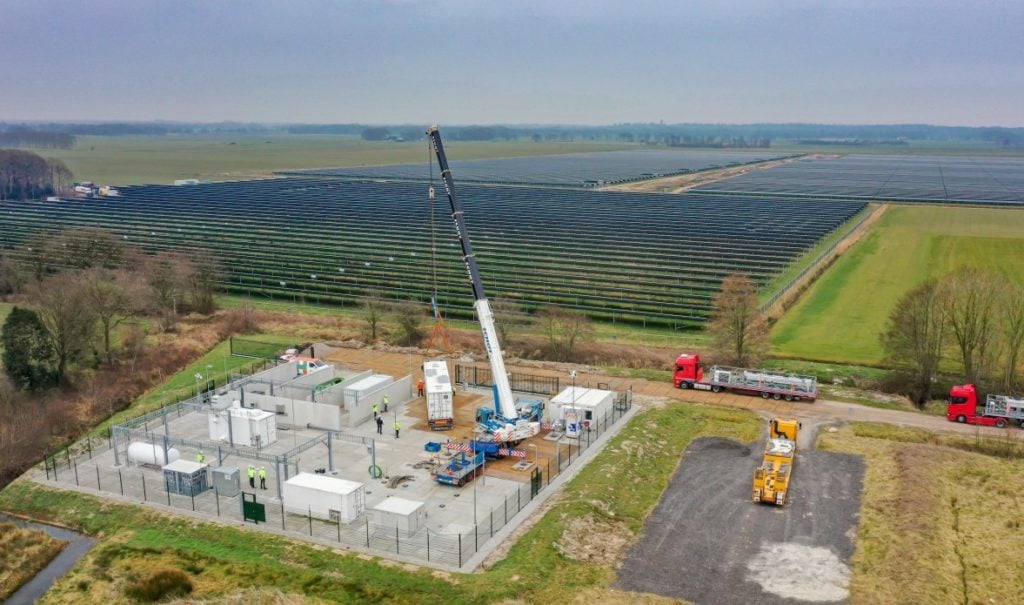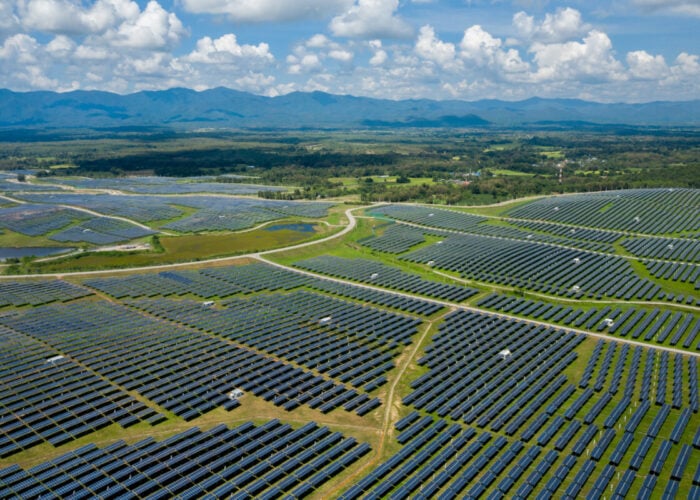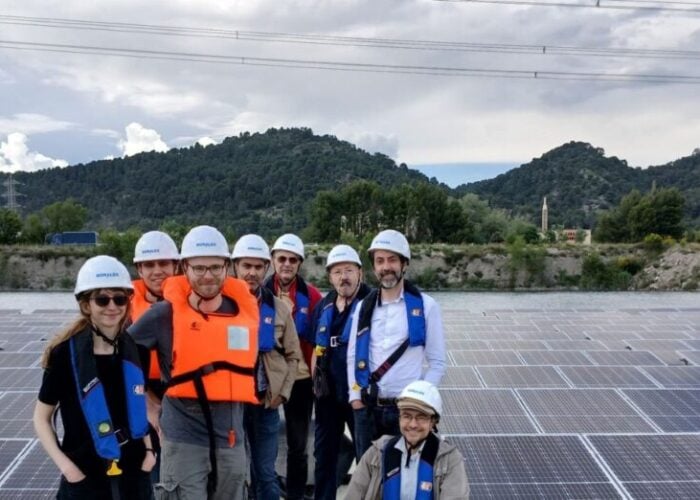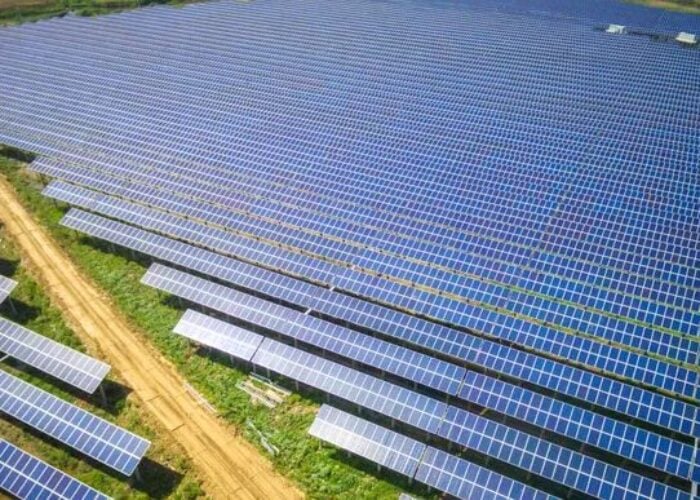
Global hydrogen uptake is far below what is required under the Paris Agreement and underinvestment in the technology is a missed opportunity to decarbonise hard to abate sectors of the global economy, according to risk management provider DNV.
DNV’s Hydrogen Forecast to 2050 report found that hydrogen will account for just 0.5% of the global energy mix by 2030 under current trends, with this rising to just 5% in 2050. To meet the Paris Agreement goal, however, hydrogen uptake would need to triple to meet 15% of energy demand by mid-century, said the report.
Unlock unlimited access for 12 whole months of distinctive global analysis
Photovoltaics International is now included.
- Regular insight and analysis of the industry’s biggest developments
- In-depth interviews with the industry’s leading figures
- Unlimited digital access to the PV Tech Power journal catalogue
- Unlimited digital access to the Photovoltaics International journal catalogue
- Access to more than 1,000 technical papers
- Discounts on Solar Media’s portfolio of events, in-person and virtual
Hydrogen is the key to decarbonising industries which are difficult to electrify, such as shipping, aviation and high-heat manufacturing. But, at present, “policies do not match hydrogen’s importance,” said DNV CEO and group president Remi Eriksen.
The report said the “low and late uptake of hydrogen” meant that “much stronger policies are needed to scale beyond the present forecast, in the form of stronger mandates, demand-side measures giving confidence in offtake to producers and higher carbon prices.”
“We need to plan at the level of energy systems, enabling societies to embrace the urgent decarbonisation opportunities presented by hydrogen,” added Eriksen.
DNV said global spending on hydrogen production for energy purposes through to 2050 will be in the region of US$6.8 trillion, with an additional US$180 billion spent on hydrogen pipelines and US$530 billion on building and operating ammonia terminals, a key derivative of hydrogen with broad applications.
The report charts the global annual average expenditure for hydrogen production and its derivatives for energy uses. It suggested that between 2031-2040, hydrogen capex costs will be just shy of US$150 billion per year, with opex accounting for around US$100 billion. The corresponding figures for the 2041-2050 period are US$160 billion for capex and a staggering US$220 billion for opex.
Then there is the issue surrounding how the hydrogen is produced. “[Policies] will also need to support the scaling of renewable energy generation and carbon capture and storage as crucial elements in producing low-carbon hydrogen,” said the report.
Blue hydrogen – produced from natural gas with emissions captured – has a greater role to play in the shorter term (around 30% of total production in 2030), but its competitiveness will reduce as renewable energy capacity increases and prices drop, said DNV.
That said, globally, green hydrogen will reach cost parity with blue within the next decade, according to DNV, which added that green hydrogen will increasingly be the cheapest form of production in most regions.
“By 2050, 72% of hydrogen and derivatives used as energy carriers will be electricity based, and 28% blue hydrogen from fossil fuels with carbon capture and storage, down from 34% in 2030,” said DNV’s report.
But there are also issues with the transportation and delivery of hydrogen. Hydrogen will be transported by pipelines up to medium distances within and between countries, but not between continents, said DNV, which also predicted that 50% of hydrogen pipelines globally will be repurposed from natural gas ones.
Moreover, hydrogen trade will also be “limited by the high cost of liquefying hydrogen for ship transport and the low energy density of hydrogen,” DNV said, adding “the hydrogen derivative ammonia, which is more stable and can be more readily transported by ship, will be traded globally.”
PV Tech Premium has laid out what you need to know about green hydrogen and its integration with solar PV and has taken a deep dive into the race for green hydrogen dominance and the fight for market share among three core electrolysis technologies.







